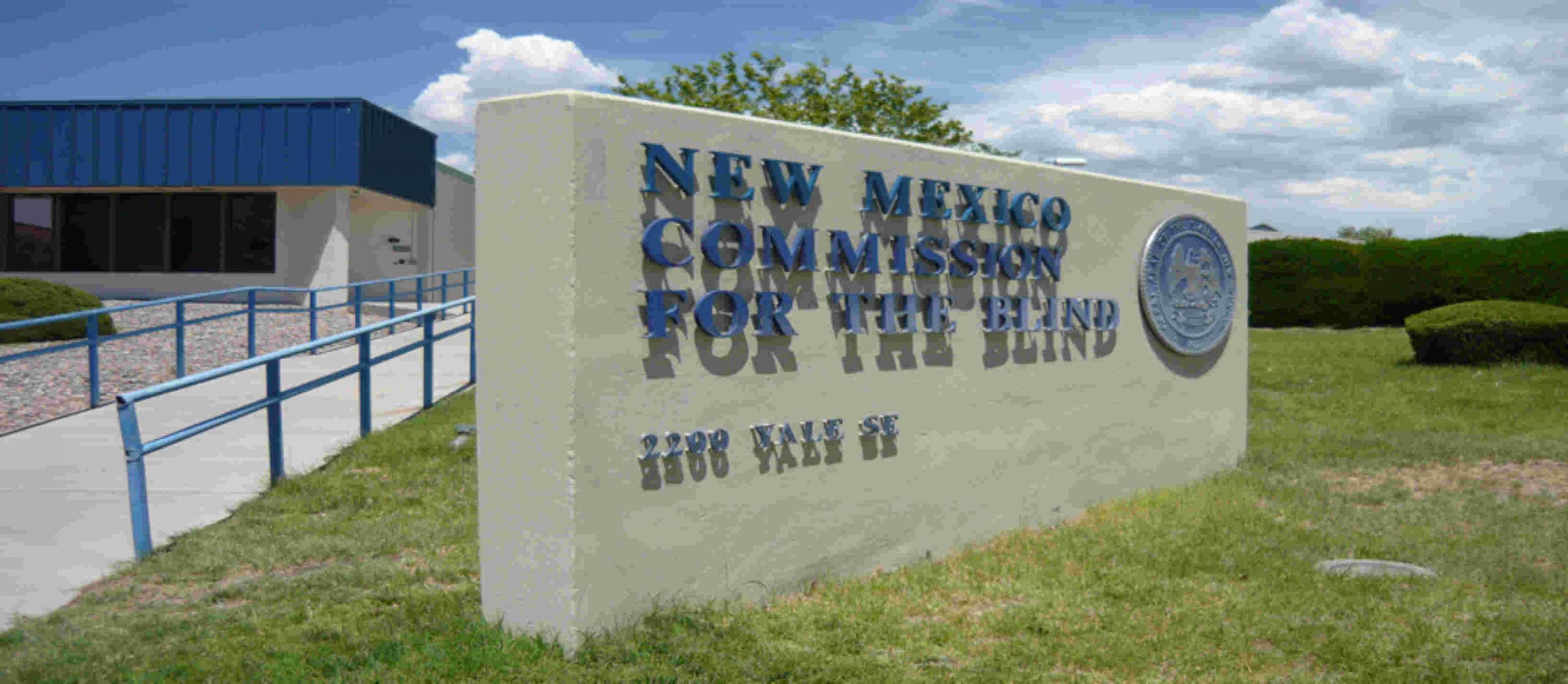- Home
- About
About

Introduction
The Commission for the Blind provides vocational rehabilitation and independent living services designed to enable persons who are blind to become more participating and contributing members of society. Blind people lead normal lives, have families, raise children, participate in community activities, and work in a wide range of jobs. They are secretaries, lawyers, teachers, engineers, machinists, scientists, supervisors and business owners. The real challenge is to educate blind people about their own potential and to educate society about the capabilities of persons who are blind.
The Commission believes blind people are normal, and blindness, in and of itself, should not keep a blind person from leading a productive life. The Commission provides services that enable blind persons to enhance their abilities and assume roles in the community as working, taxpaying, and contributing citizens.
The State Rehabilitation Council (SRC) works in close partnership with the Commission by helping to formulate vocational rehabilitation policies and priorities.
The primary product of this partnership is the State Plan, which is developed jointly between the SRC and the Commission. The SRC and the Commission have collectively developed the following programs and services, and achieved the ensuing accomplishments:
Mission Statement
“Our mission is to enable persons who are blind to achieve vocational, economic and social equality by providing career preparation, training in the skills of blindness and above all, promoting and conveying the belief that blindness is not a barrier to successful employment, or to living an independent and meaningful life.”
State Rehabilitation Center Goals and Priorities
- Increase the number of consumers served through enhanced outreach activities; including media outreach, collaboration with eye doctors, and the use of the Technology for Children program to conduct outreach to school districts.
- Enhance the number and quality of employment outcomes of transition consumers by providing assistive technology where appropriate as a part of an individualized plan for employment, by providing assistive technology through the Technology for Children program, and by conducting educational activities to increase awareness and use of Braille, including Braille math.
- Enhance the number and quality of employment outcomes achieved by consumers by providing services in a way that genuinely honors the “informed choice” provisions of the Rehabilitation Act.
- Enhance the number and quality of employment outcomes achieved by consumers by providing a quality NEWSLINE system that gives consumers access to employment listings, news, and other important information.
- Enhance the number and quality of employment outcomes by using the Skills Center to meet the needs of vocational rehabilitation consumers, as well as potential vocational rehabilitation consumers, in a way that is creative and innovative.
- Enhance the number and quality of employment outcomes by utilizing the Adult Orientation Center to provide employment preparation training for both adults and transition students.
- Enhance the number and quality of employment outcomes through the provision of independent living services to vocational rehabilitation consumers.
- Enhance the number and quality of employment outcomes for consumers who are deaf-blind through collaboration and partnership with the Commission for Deaf and Hard of Hearing, including through the delivery of assistive technology to consumers who are deaf-blind.
- Enhance performance and productivity by increasing the accuracy and timeliness of the submission of federal reports.
- Enhance the number and quality of employment outcomes for consumers by providing enhanced benefits counseling and guidance, with the purpose being to reduce fears related to the loss or reduction of benefits.

